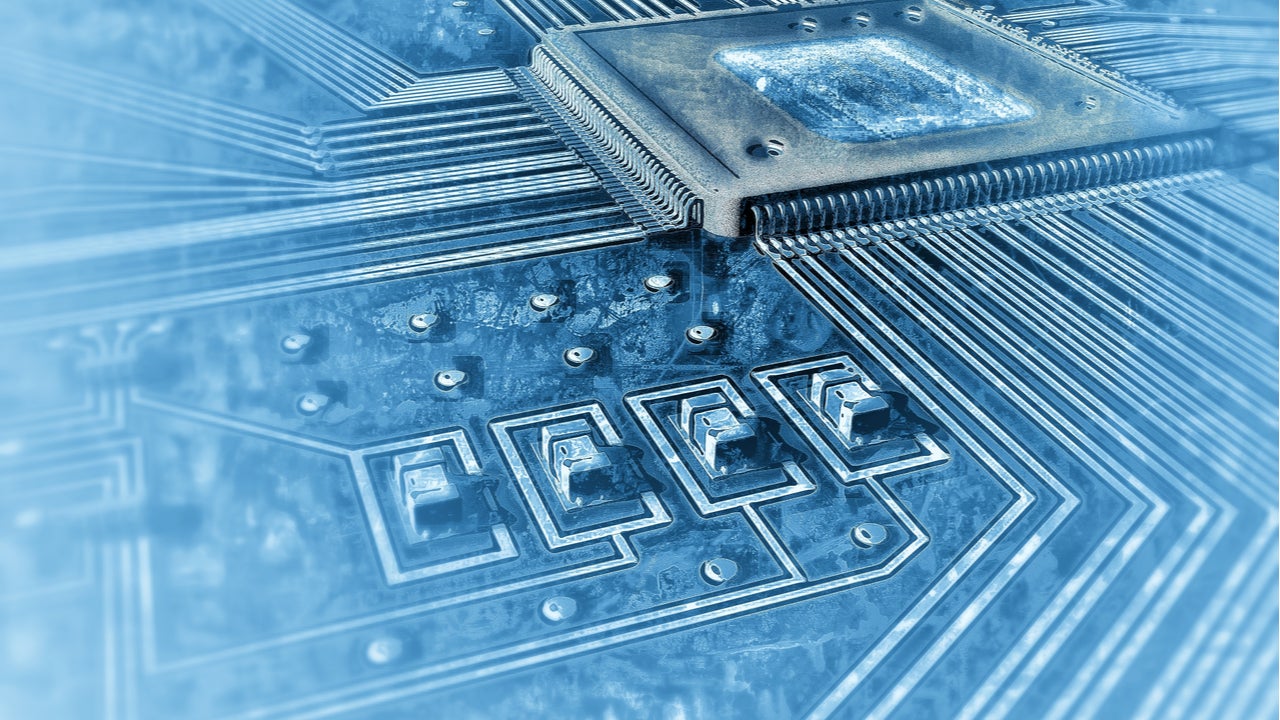
High-Performance Computing (HPC) was initially used by government organisations and academic but its commercial uses have grown as the technology has become more accessible. The focus on HPC increased during the Covid-19 pandemic as it served as a vital research resource.
Listed below are the key macroeconomic trends impacting the high-performance computing theme, as identified by GlobalData.
Covid-19
HPC has played an important role in the fight against Covid-19. Powerful computing clusters ran models to help scientists understand the virus and how it spreads, make advancements in therapeutics, and even produce vaccines. It would not have been possible to run algorithms to model how the virus spreads and how it behaves once it finds a human host without HPC’s computing power.
Several initiatives designed to put cutting-edge technology in the hands of researchers have appeared around the world. The broadest and most impactful was also the first to emerge, the Covid-19 HPC Consortium, which involved the US government, the European Union (EU), the UK, Switzerland, Japan, and South Korea, and private companies including Amazon, Microsoft, NVIDIA, IBM, AMD, and Dell.
An international team of scientists from IBM Research and the University of Oxford, for example, used advanced machine learning (ML), computer modelling, and experimental measurements to accelerate the discovery of what became the AstraZeneca vaccine.
China
Possessing powerful supercomputers has always been a way for nation-states to demonstrate their technical capabilities but also has implications for their security. China has 212 computers in the latest list of the top 500 supercomputers, which is 113 more than the US. The US still leads in performance, as North American supercomputers’ combined processing power is still the highest in the world.
How well do you really know your competitors?
Access the most comprehensive Company Profiles on the market, powered by GlobalData. Save hours of research. Gain competitive edge.

Thank you!
Your download email will arrive shortly
Not ready to buy yet? Download a free sample
We are confident about the unique quality of our Company Profiles. However, we want you to make the most beneficial decision for your business, so we offer a free sample that you can download by submitting the below form
By GlobalDataSome of the leading commercial HPC players hail from China, including Huawei, Lenovo, and Inspur. The Chinese government regards leadership in supercomputing as vital to its national security and the future of its defence, aerospace, energy, materials, biotech, and pharmaceuticals industries. HPC is seen as a strategic priority and is included in China’s latest five-year economic plan.
The growing importance of artificial intelligence (AI) means that governments with HPC capabilities to run complex AI systems will have a technological edge, and the US is increasingly concerned about China’s progress. Concerns about China’s technical capabilities in AI, HPC, and elsewhere were a significant factor in the decision to deny some Chinese companies access to US semiconductors.
Such moves could backfire and lead to China developing its own domestic alternatives, further increasing American unease. Competition between the two powers for technological supremacy is bound to intensify in the next decade.
Sustainability
Vendors and HPC end users are starting to address sustainability concerns by designing systems that get the most out of power usage and using renewable electricity sources to power HPC clusters. One way of reducing energy use is through improvements in cooling systems. Liquid cooling systems are more efficient than air-based alternatives as water is denser than air. Vendors such as Huawei and IBM have invested in liquid cooling systems. Scientists and developers should now focus on reducing water usage to obtain further improvements.
Some architectures are more energy-efficient than others, but relatively small changes in the cluster set-up can make a big difference. The nodes and processors, for example, can be programmed to go into a dormant state when they are idle.
HPC is a source of carbon emissions, however, the technology can also help tackle the climate emergency. ML running on HPC machines enables scientists to look at climate data and adapt their analysis based on past events to model the future more accurately. ML models can also help fill in holes in the data.
This is an edited extract from the High-Performance Computing – Thematic Research report produced by GlobalData Thematic Research.





Related Company Profiles
AstraZeneca Plc
NVIDIA Corp